Month: November 2016
-
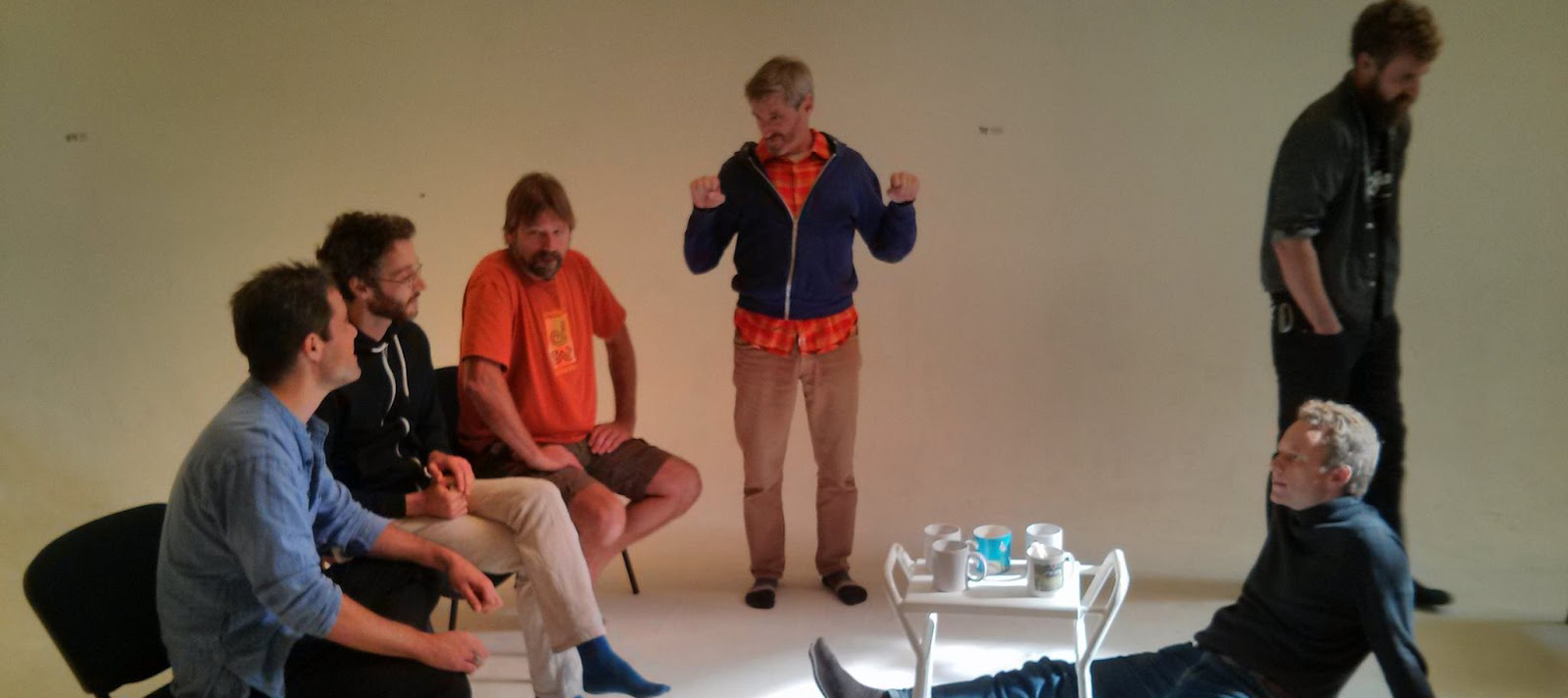
Real Men – Defining Gender Identities
Take your mind back, I don’t know when Sometime when it always seemed To be just us and them Girls that wore pink And boys that wore blue Boys that always grew up better men Than me and you Joe Jackson, Real Men Real Men is a chamber larp for 4–8 players, lasting four hours,
-
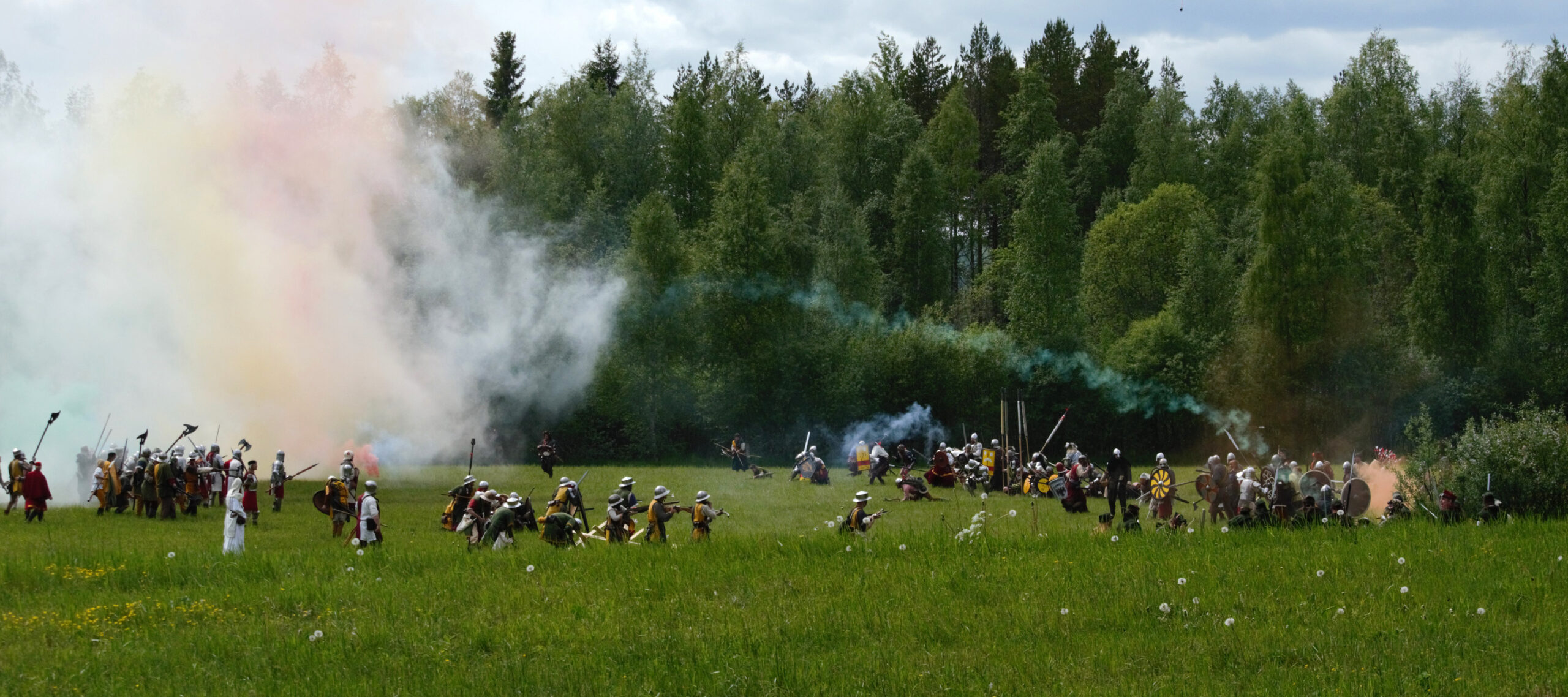
Krigshjärta 7 – The Gamification of Nordic Fantasy Larp
Krigshjärta 7 was the latest addition to the Krigshjärta (Heart of War) campaign, a Swedish war larp campaign that has gained international recognition.
-

SHOWTIME – How a Silly Joke Turned into an Experimental Larp
During a christmas dinner last year Claus Raasted got drunk and played “truth or dare”. He ended up getting dared to announce a larp that same evening.
-
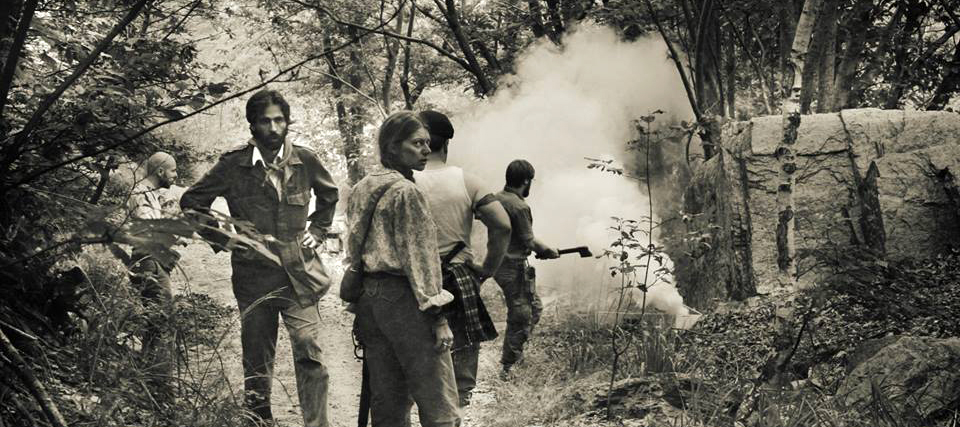
Rebels on the Mountain – The Last Night of Montelupo
The Rebels on the Mountain was a larp played in Italy in 2015. It was the first historical larp of Terre Spezzate, a larp group active in northern Italy.
-
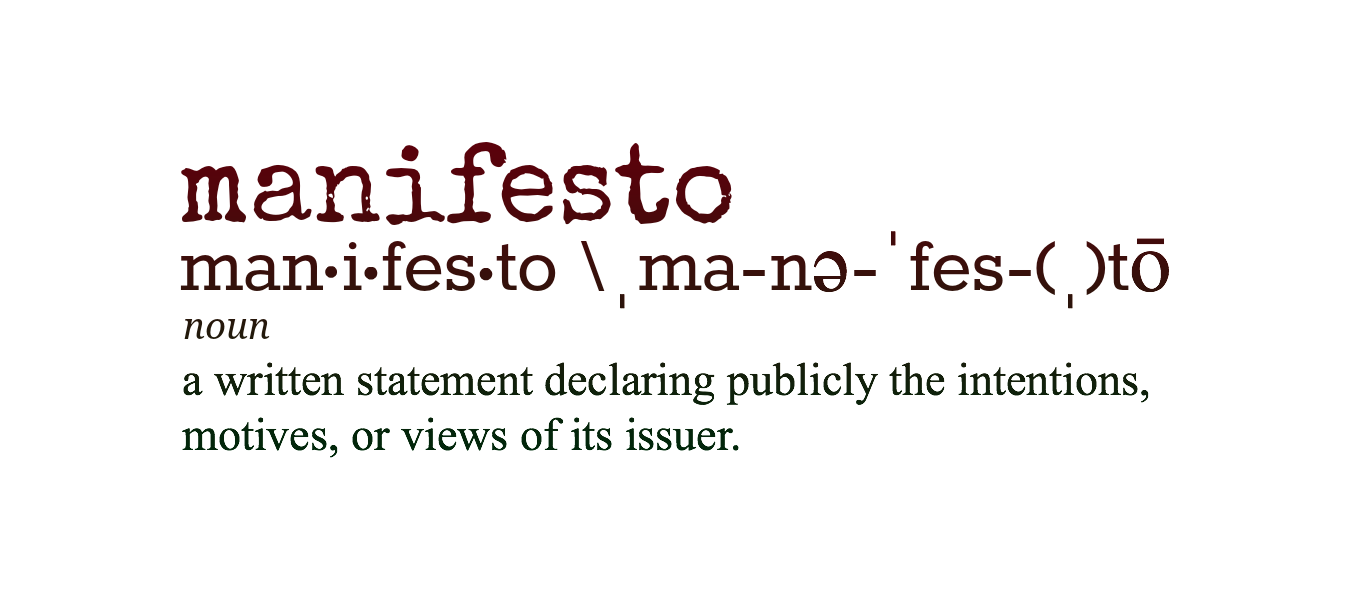
Content Larp Manifesto
in
In this text, we, the undersigned, would like to present the current position of content larp; the key rules of its design; and its characteristic features.
-
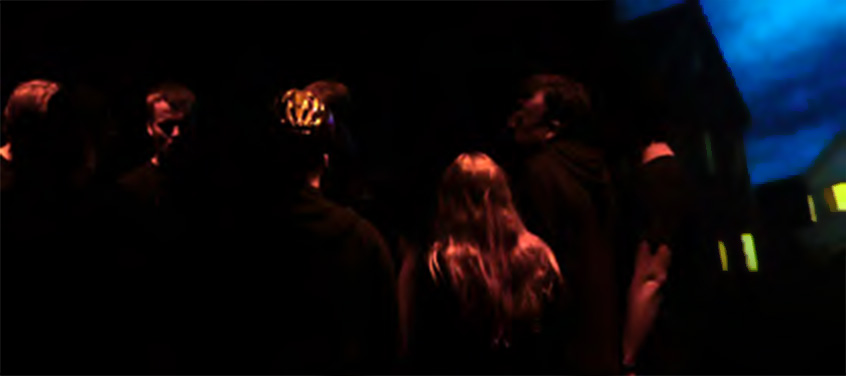
Pneuma – The Game
Pneuma is a surreal mystery-drama, seemingly about a random gathering of people stuck on a bus in the middle of nowhere. The larp is played over four acts. The style is inquisitive and dark. We are trying to attain a feeling of mysteries and confusion. The larp was a brain-child of Hallgeir; it also used…